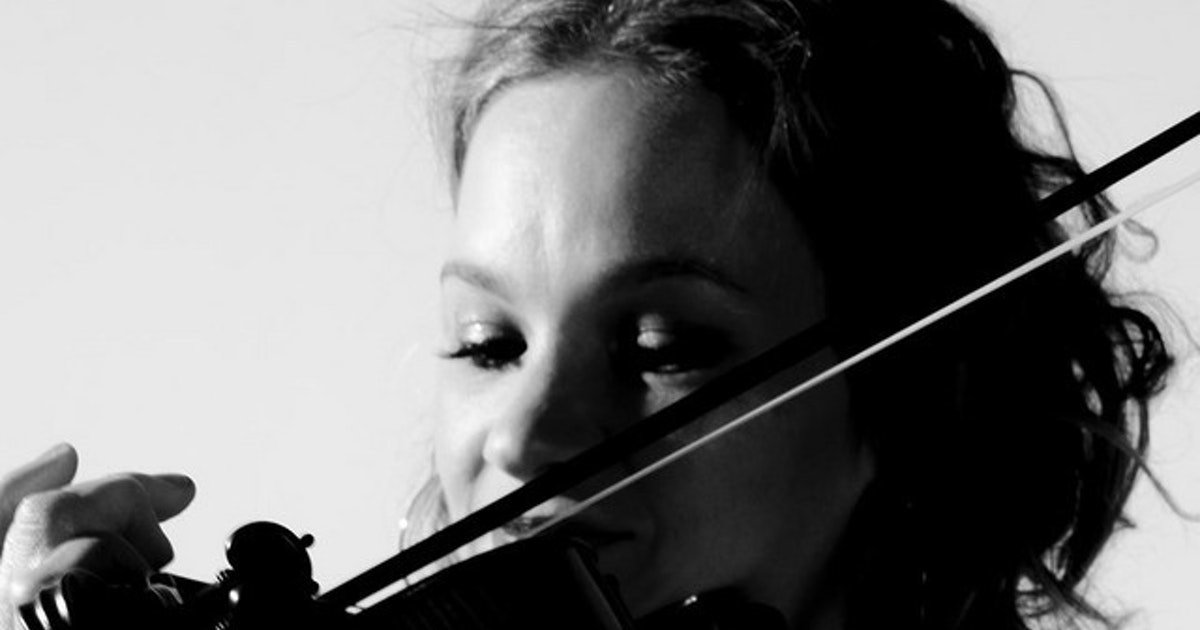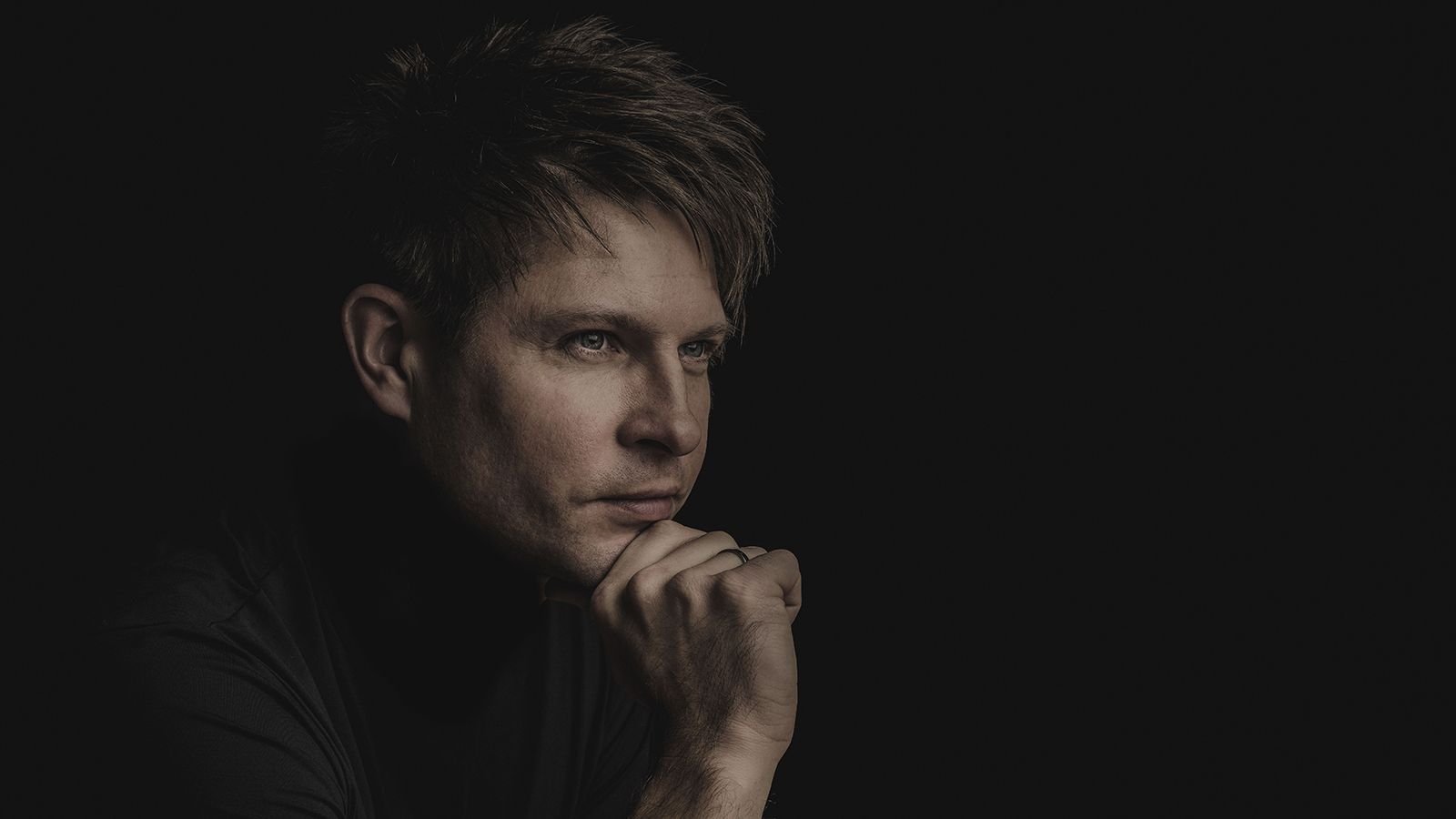Rattle & Rundfunks

Munich, a German city with a population slightly smaller than Phoenix, has four full-time orchestras, including the Münchner Philharmoniker and the prestigious Bayerisches Staatsorchester (which dates back to 1523). The most prominent one, though, is the youngest. The Symphonieorchester des Bayerischen Rundfunks (“BRSO“), founded in 1949 boasts an astounding music director list, all superstars of the podium: Eugen Jochum, Rafael Kubelik, Colin Davis, Lorin Maazel, Mariss Jansons, and now the peripatetic British maestro Simon Rattle. With a huge discography, including performances under Carlos Kleiber and Leonard Bernstein, the BRSO is universally ranked among the top 20 orchestras in the world if not the top ten. Its Kennedy Center appearance on Tuesday, presented by Washington Performing Arts, certainly cemented that stature in my mind.
The BRSO woodwinds are all individual artists with individual sounds. The double-reeds (oboe and bassoon) have a plangent, multi-hued sonority that might be “nasal“ to some American ears, but which finds emotions and colors missing in our orchestras. Even the clarinets – which, without vibrato, are usually the blandest section – had a “tang“ that stood out. Thus, the blended chords from the choir had an unusual marbled richness; attacks were not always perfect (never a big thing with Rattle), but always expressive. Only the horns were fallible, with some (barely) flubbed notes here and there.
You can take the true temperature of a band by watching the last stands of strings; sitting there in the back is an often dispiriting job and it’s easy to slough off when far from the conductor’s eyes. But every BRSO string player went at it with committment and esprit, exciting to watch and hear. The one oddity was the seating arrangement, the violas on the left side next to the 1st violins. If any other orchestra, anywhere, does this, I’ve not seen it. And they are buried back there, sonically. I know it’s a thing in Europe now to have the 1st and 2nd violins opposite one another, but there are reasons the practice has been abandoned in most domestic bands. That said, this was an evening to cherish, with palpably-rich music making.
And the richest was the opener -- the “Prelude and Liebestod“ from Wagner’s Tristan und Isolde. Rattle, whose past music directorships include the Berlin Philharmonic and the London Symphony, has shed his impish, somewhat narcissistic podium mannerisms (he used to gaze at his stick patterns admiringly as he conducted) and now exudes understated gravitas. This band in this repertoire is as good as you can possibly hear, and Rattle milked every pause, every build-up, and every expressive by-way, the musicians savoring and caresssing each note.
In a clever bit of programming for a US tour, Rattle chose a curiosity – Alexander von Zemlinsky’s Symphonische Gesänge, from 1929. The composer set seven poems from the Harlem Rennaissance, in German translation, for baritone and orchestra, sung here with stentorian power by Lester Lynch. Zemlinsky was heavily influenced by his brother-in-law Schönberg, but never broke with tonality. His music is always worth hearing, admired by both Brahms and Mahler, but it was hard to analyze or even appreciate this piece when there were no translations of the texts, neither as projected surtitles, nor on paper, nor on the Kennedy Center’s website which we could’ve followed from our phones. In short, no one knew what the hell was going on. Shameful.
After intermission came the Beethoven “Pastoral“ Symphony, with a slimmed-down group (another disappointment; why bring a huge orchestra all the way over here for nearly a quarter of them to sit out the major offering?). Here, Rattle seemed more wayward; couldn’t seem to find a tempo for the opening movement and, for the first time, allowed balances to become blowsy in spots, with the strings disappearing. The Scherzo was wonderfully rustic (such delicous wind solos!), but the finale felt heavy; everyone still wet after the thunderstorm.
A hugely-appreciative audience got a boisterous Dvořák Slavonic Dance for dessert on a most bracing evening.
Pictured: Sir Simon Rattle by Astrid Ackermann.





